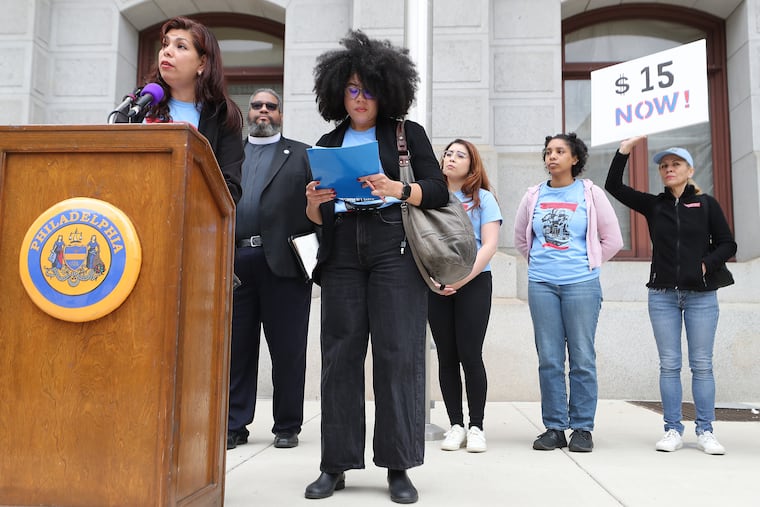Worker wages are growing faster in the Philadelphia region than any other metro area
Here's what the latest national and regional employment data tells us about Philadelphia's job market.

Here's what the latest national and regional employment data tells us about Philadelphia's job market.
